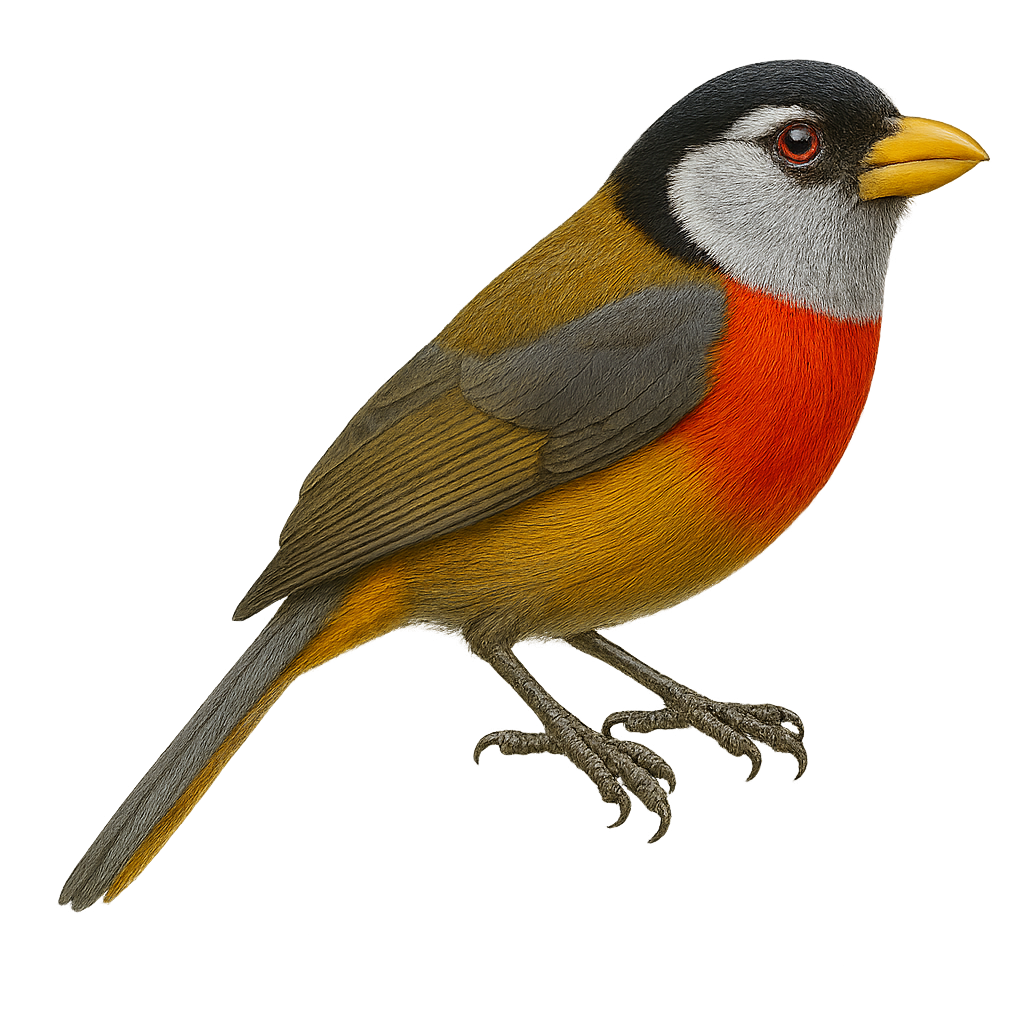Your wildlife photography guide.
Explore the toucan barbet in detail, study its behavior, prepare your shots.
Where to observe and photograph the toucan barbet in the wild
Learn where and when to spot the toucan barbet in the wild, how to identify the species based on distinctive features, and what natural environments it inhabits. The WildlifePhotographer app offers tailored photography tips that reflect the toucan barbet’s behavior, helping you capture better wildlife images. Explore the full species profile for key information including description, habitat, active periods, and approach techniques.
Toucan Barbet
Scientific name: Semnornis ramphastinus

IUCN Status: Least concern
Family: SEMNOORNITHIDAE
Group: Birds
Sensitivity to human approach: Suspicious
Minimum approach distance: 10 m
Courtship display: March to May
Incubation: 15-17 jours
Hatchings: March to June
Habitat:
Humid forests, cloud forests, forest edges
Activity period :
Primarily active during the day, with peak activity in the morning and late afternoon.
Identification and description:
The Toucan Barbet, or Semnornis ramphastinus, is a colorful and fascinating bird found primarily in the humid forests of the Andes. It is distinguished by its vibrant plumage, mixing shades of red, blue, and yellow, and its robust, colorful beak. This bird measures about 20 cm in length and weighs between 80 and 100 grams. It typically lives in pairs or small family groups and feeds mainly on fruits, but also on insects and small vertebrates. The Toucan Barbet plays a crucial role in seed dispersal, thus contributing to forest regeneration. Although its habitat is threatened by deforestation, it is currently classified as "least concern" by the IUCN.
Recommended lens:
400 mm – adjust based on distance, desired framing (portrait or habitat), and approach conditions.
Photography tips:
To photograph the Toucan Barbet, it is advisable to use a telephoto lens of at least 400mm to capture detailed images without disturbing the bird. Look for areas where fruits are abundant, as these birds are often attracted to fruiting trees. Be patient and discreet, as they can be suspicious. The best times to observe them are early in the morning or late in the afternoon when feeding activity is at its peak. Use a tripod to stabilize your camera and get sharp shots, especially in the low-light conditions of the forests.
The WildlifePhotographer App is coming soon!
Be the first to explore the best nature spots, track rutting seasons, log your observations, and observe more wildlife.
Already 1 430 wildlife lovers subscribed worldwide

